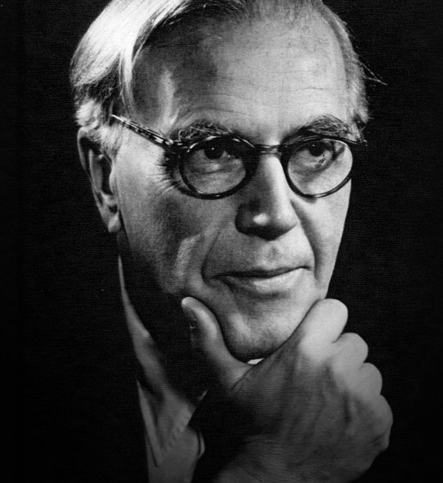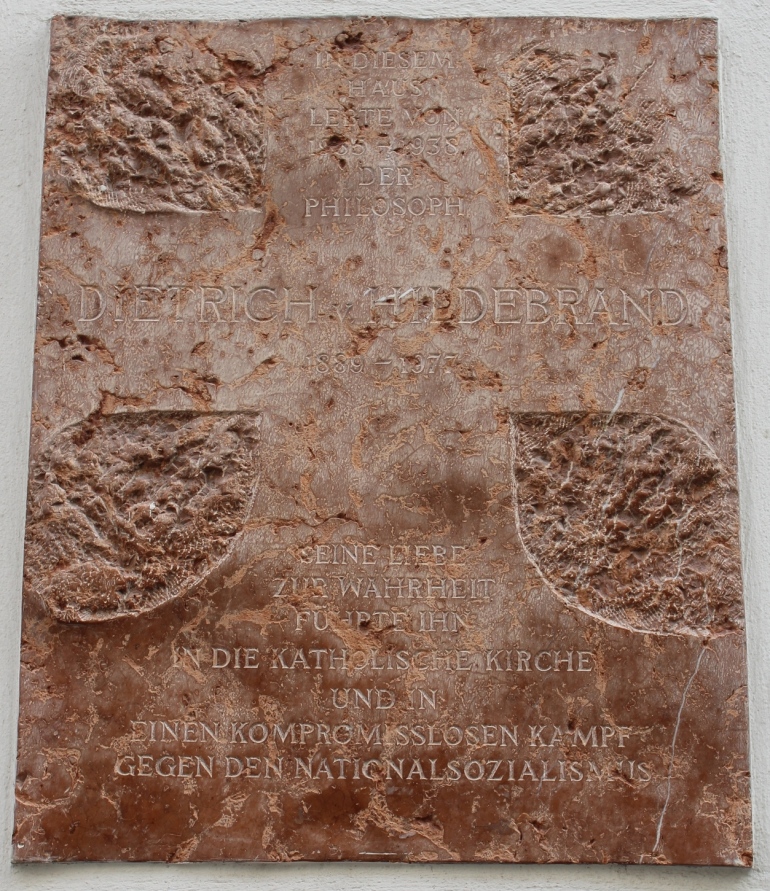
By Carrie Gress, Ph.D.
I just got my copy of Dietrich von Hildebrand’s Aesthetics Vol I, released this fall by the Hildebrand Project.
I’ve been waiting to read this book for 20 years. I was never courageous enough (nor had the time) to tackle it in the original German.
Much of the book’s appeal is that Hildebrand defends an objective understanding of beauty against relativism. Additionally, his life, which reads like a novel, was a testimony to the power of beauty in transforming a soul and leading one, via pulchritudinis, to the heart of the Church. Hildebrand’s Aesthetics is reputed to be one of his finest works.
Hildebrand is best known for his social and political philosophy, particularly his Ethics, wherein he gives careful attention to the movements of the human heart.

The son of a renown German sculptor, Adolf von Hildebrand, Dietrich was born and raised in Florence, Italy. The renaissance city, family manor, and his father’s artistic eye made a deep impression on the young man raised without religion. He converted to Catholicism at the age of 24 and led countless others to Roman Catholicism. His repudiation of Nazism and Communism made him a target high on Adolph Hitler’s list of enemies, which eventually forced him to immigrate to the United States.
Hildebrand wrote his Aesthetics near the end of his life. His widow, Alice von Hildebrand, has said, “Aesthetics [is] best understood as an explosion of insights. He knew he was running out of time, and so he tried to capture the Niagara Falls of ideas that flowed out of him.”
Alice von Hildebrand also tells a story indicative of her husband’s character. There was concern he had cancer and so he had a colonoscopy. Alice, terrified of what the results might be, prayed the rosary ceaselessly during the procedure. The doctor finally emerged to tell her that her husband would be fine, but just needed a change in diet. Much relieved, Alice waited for her husband to emerge from the procedure. She recounts, “Some moments later my husband came out. Looking at me with a radiant smile, and without even alluding to the good news, he said to me “while the doctor was examining me, I had such deep insights into beauty! Let us rush home so that I can immediately incorporate these into the text!” Clearly, this was an intellectual, an artisan of words and ideas, awash in the wonder of beauty and love, even under the most dire of circumstances.
The ever-thoughtful Dana Gioia, former Chairman for the National Endowment for the Arts, wrote the book’s foreword, and philosopher Dr. Robert Wood, and Dr. John Crosby, one of Hildebrand’s students, have also made contributions.
I look forward to writing more once I finish the book.

